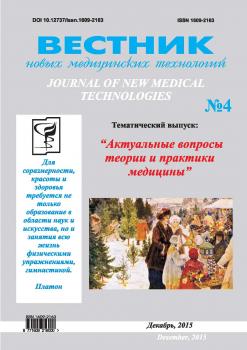The authors reviewed the modern methods of cell therapy for ischemic heart disease. The experimental and clinical researches demonstrated that transplantation of hematopoietic progenitor cells and mesenchymal stem cells contributes to reduction of the postinfarction scar size, to increase of left ventricular ejection fraction, to decrease of cardiac remodeling, resulting in the reduction of end-diastolic and end-systolic volumes. This treatment promoted an increase of exercise tolerance, decrease of angina functional class and improved the quality of life. The best long-term results were observed for the early beginning of cell therapy and the implantation of cells directly into the myocardium. The cultures of resident cardiomyocyte progenitor cells significantly improved the results of treatment. Hypoxic preconditioning or low intensity laser irradiation enhanced the therapeutic potential of the cells cultured for transplantation, activated proliferation and reduced apoptosis. Good results were achieved with laser revascularization of myocardium before the cell transplantation. New non-invasive methods of treatment for ischemic heart disease, based on the increase in the concentration of stem cells in peripheral blood with G-CSF application or laser irradiation of the bone marrow localization areas were suggested.
stem cells, ischemic heart disease, cardiomyopathy, laser, cytokines.
В России, как и во всех развитых странах мира, первое место среди причин смертности занимают сердечно-сосудистые заболевания. Ишемические изменения сердца наблюдаются примерно у 40% популяции взрослого населения старше 40 лет. Ишемия, острая либо хроническая, вызывает дефицит кислорода и нутриенгов, что в свою очередь ведет к апоптозу и некрозу кардиомиоцитов и эндотелиальных клеток. Последующее восстановление кровотока в результате эффективной терапии часто создает дополнительное повреждение миокарда в результате развития синдрома ишемии-реперфузии [1,5].
Любое повреждение ткани сердца, в том числе и инфаркт миокарда, приводит к усилению пролифе-ративной активности клеток в периинфарктной зоне. Однако в очаге некроза делятся главным образом фибробласты, поэтому на месте инфаркта формируется рубец, а не здоровый миокард. Важную роль в этом процессе играет гипоксия, так как рост новой полноценной кровеносной сети не успевает за потребностями ткани миокарда. Кардиомиоциты в условиях недостатка кислорода пролиферируют плохо,





